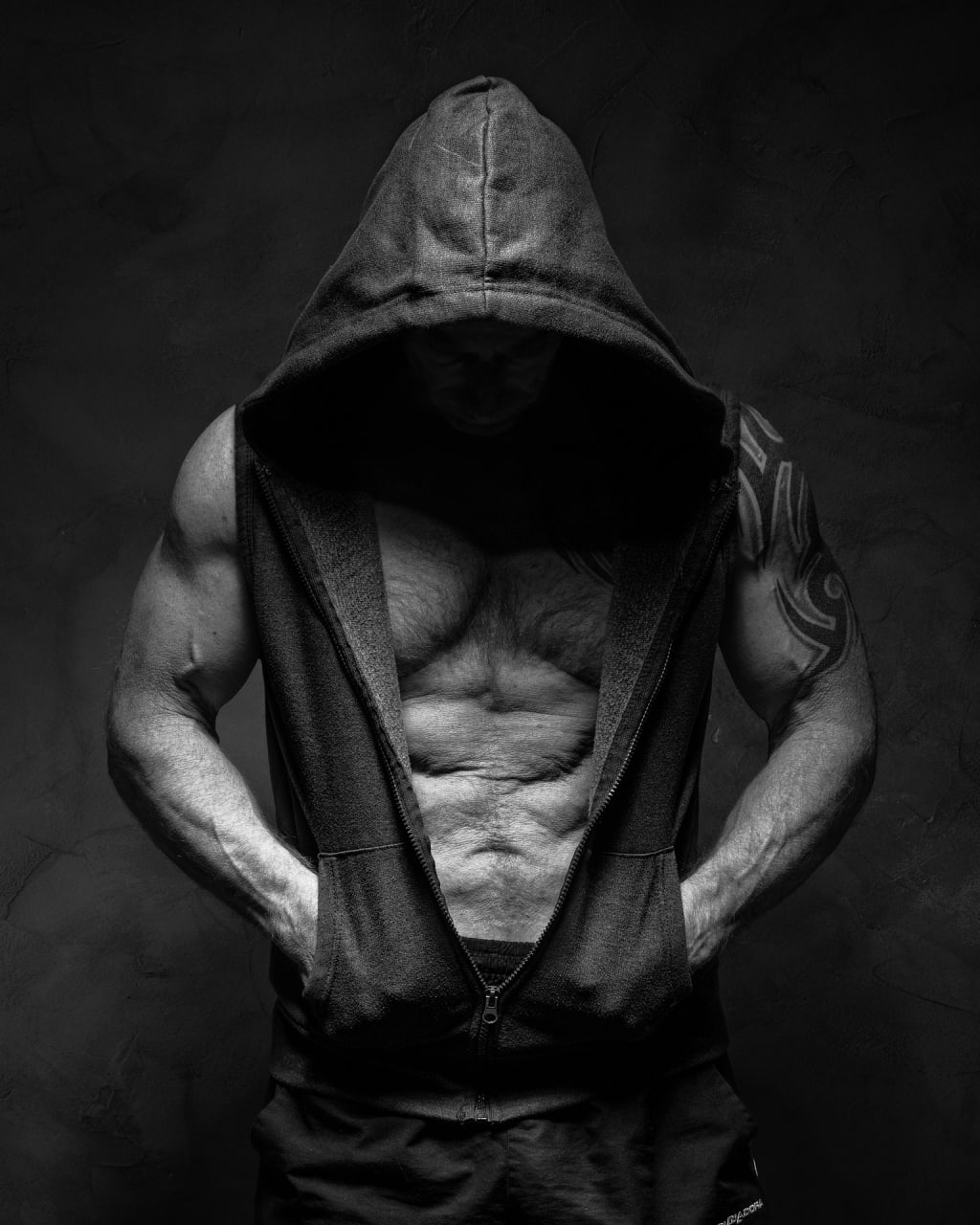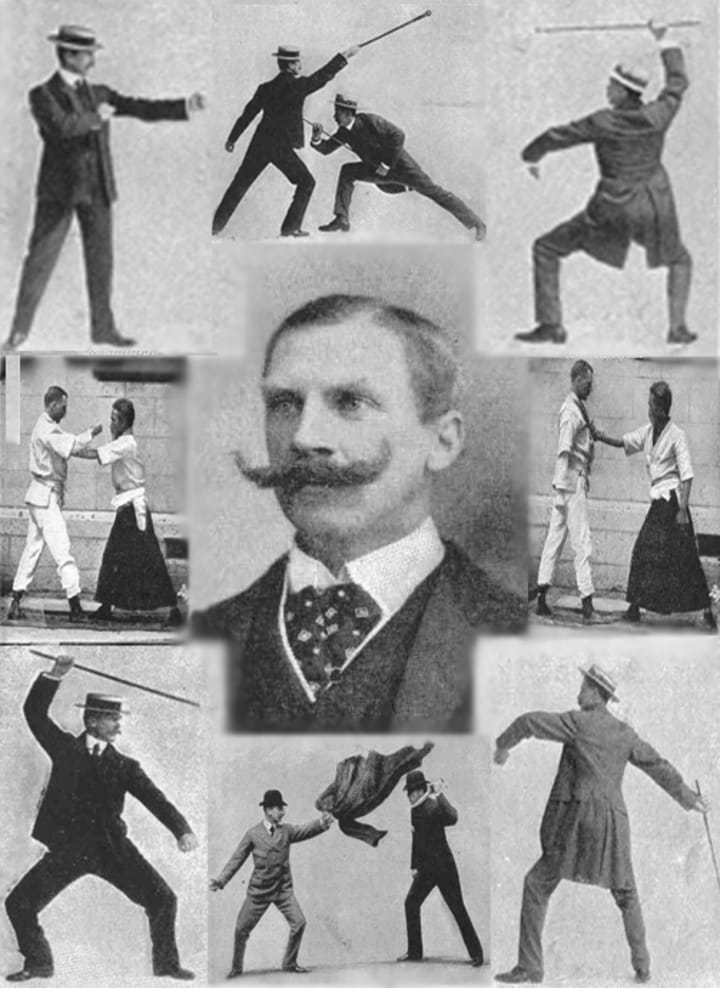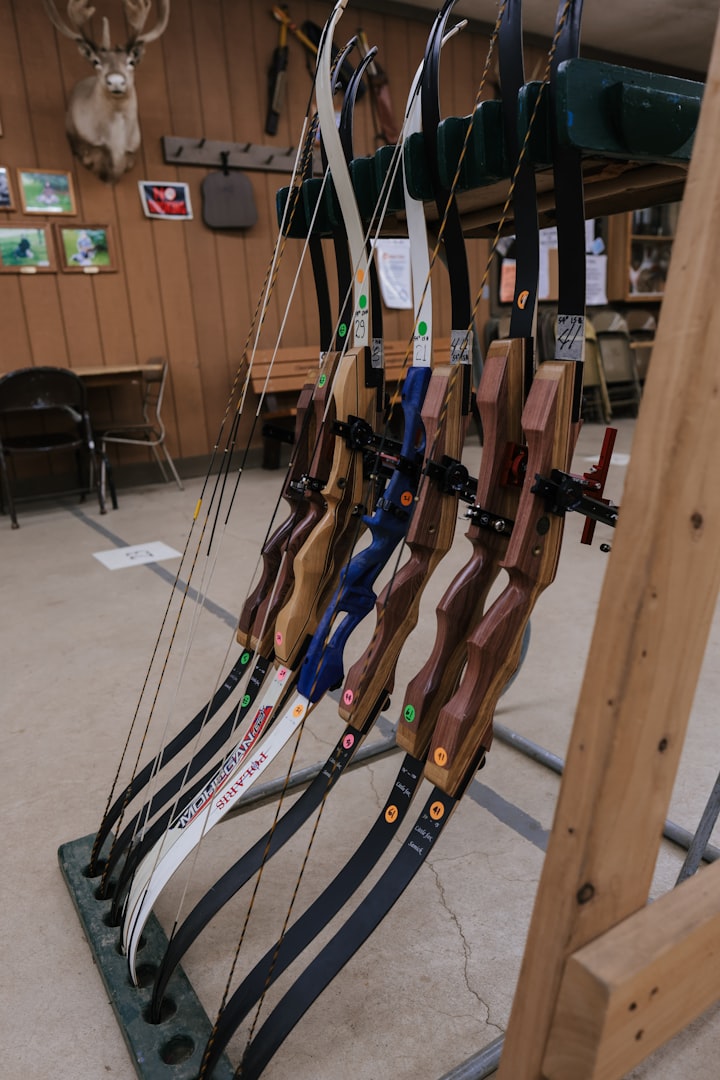5 Unusual Martial Arts For Your Monks
Fighting Styles To Inspire Your Bare-Knuckle Brawlers

Every character class has its stereotypes, but out of all the base classes it is the monk who's usually put into the narrowest box. However, sometimes all it can take to change our view of a character class is to look at them through a different lens. If you want to change up the flavor and style of your next monk, then consider using some of the following fighting styles in their template instead of the more traditional ones we see around the table.
For more tips on subverting the stereotypes of this class, don't forget to check out 5 Tips For Playing Better Monks, which is part of my ever-growing 5 Tips archive over on my gaming blog Improved Initiative!
Additionally, while mechanical recommendations are based on the Pathfinder RPG, the flavor these martial arts can add to a game should be fairly universal. Something to keep in mind as you read.
#1: Glima

When most of us think of the ancient Norsemen we tend to think of men in spangenhelms with swords and shields, or raging berserkers with a sparth ax cutting a swath through their foes. However, the Vikings had their own martial art called Glima which is still with us to this day.
While there's more information at the link above, the short version of Glima is that it's a martial art focused on wrestling, falls, and a lethal combination of skill and brute force. The name itself is something akin to "flash," which refers to the speed at which practitioners move to seize the advantage.
A monk, brawler, barbarian or even a fighter who uses the techniques of Glima would be a terrifying wrestler, specializing in putting enemies flat on their backs before they knew what hit them. A focus on tripping, as well as on crushing holds that squeeze the resistance out of a foe, would be a perfect example of this martial art in action.
#2: Pankration

A lot of us think of mixed martial arts as a relatively new phenomenon... just like air conditioning, shopping malls, and celebrity endorsement deals, though, MMA goes back thousands of years. And one of the first forms it took was the brutal martial art known as Pankration.
Pankration has been traced back to the days of ancient Greece, and it was primarily a mixture of wrestling and boxing (hence the heavy-duty cestus the statue is pulling on). A combination of pan (meaning "all") and kratos (meaning "might" or "strength"), it was added to the 33rd Olympics as a heavy event right alongside wrestling and boxing. It quickly became a crowd favorite, and its influence laid the groundwork for Spartan close-combat training, as well as hand-to-hand techniques used in the armies of Alexander the Great.
A master of pankration would be a deadly force to have on any battlefield. Able to lay out foes with a single punch, or to slip inside a foe's guard and grapple them, this fighting style is ideal for unarmed combatants who focus on raw power and endurance over the more balletic aspects of stylized martial arts that monks often get stereotyped into practicing.
#3: Bartitsu

Speaking of mixed martial arts, one of the more unique examples of the breed is the Victorian martial art known as Bartitsu. Created by a railroad engineer and lifetime enthusiast of fisticuffs, Edward William Barton-Wright combined a slew of fighting techniques ranging from boxing, to savate, to stick fighting, to sabre fencing, and jujitsu into a single, cohesive style that he felt was the greatest combination of a dozen different traditions.
Then he named it after himself, because who was going to argue with him?
Bartitsu was particularly popular among the residents of London, and it was often considered a practical form of self defense to use on the street. So if one happened to be an urban monk, this would be an ideal fighting style to embrace. Particularly when one considers the only weapons one would need are a fast fist, and either a walking stick or their umbrella. However if one wanted to employ the dirty trick combat maneuver to represent flinging one's hat or coat at an attacker as a distraction, in addition to the more traditonal trip combat maneuver, that would play right into Bartitsu's strong points. From experience, I can recommend the Maneuver Master monk archetype for getting the most out of this particular choice, as an enemy that's been tripped, deafened, and blinded is basically out of the fight even if you didn't do any real damage to them.
#4: Rough and Tumble

Defined more by its lack of rules than the presence of them, Rough and Tumble could more accurately be described as simple, unarmed brutality. Popular in the southern United States for a long time, it truly was a no rules, no-holds-barred form of fighting. Anything, absolutely anything was on the table if both participants agreed to "tear and rend" instead of "fight fair" as the "rules" for this fight.
Eye gouging was one of the most popular ways to end a fight, but biting, scratching, groin tearing, joint destruction, and every other dirty trick you can think of was perfectly allowed when one stepped into the ring with this fighting style.
One of the best ways to capture the raw brutality of this martial art is with the Boar Style feat tree. They allow you rip, gouge, and tear, dealing additional damage with your bare hands. Particularly brutal monks will find this allows them to reduce opponents to bloody shreds, and if they have a bite attack to throw into the mix then that will just add insult to injury.
#5: Dambe

If you've never seen a Dambe fight in action before, you'd think it was something made up for an RPG, or put into a Mad Max sequel because it's just that ridiculously awesome.
Created by the Hausa people of West Africa, the primary weapon in Dambe is the strong-side fist (the dominant hand) which is wrapped in cloth, and then a knotted cord until it resembles a mace. This hand is known as the "spear" once the fight begins. The strong side leg is then wrapped in chains, for a combination of protection and striking power. The early practitioners of this fighting style were traveling butchers who would take all-comers during their displays... in case someone looked at one of these heavy metal gladiators and thought, "He ain't so tough."
This style could be difficult to realize in game, but not impossible. Cloth hand wraps are common enough (even as enchanted items), and there are boots that could be used in place of the chain leg wrappings. For Dambe, though, it's the sheer power and ferocity of the style that you need to convey, which affects your flavor and description far more than it does your mechanics... though the Cudgeler Style feats could be used, as well as Dragon Style if you want to focus on the application of raw power in your strikes.
Of course, for those who want to play a brawler, this fighting style actually has its own archetype called the Strong-Side Boxer. It might not mention the fighting style by name, but even a brief read through of its abilities makes it pretty clear this is the style it's emulating.
About the Creator
Neal Litherland
Neal Litherland is an author, freelance blogger, and RPG designer. A regular on the Chicago convention circuit, he works in a variety of genres.
Blog: Improved Initiative and The Literary Mercenary






Comments
There are no comments for this story
Be the first to respond and start the conversation.